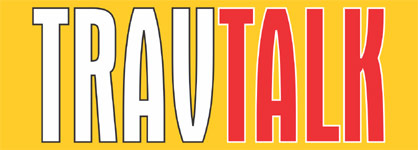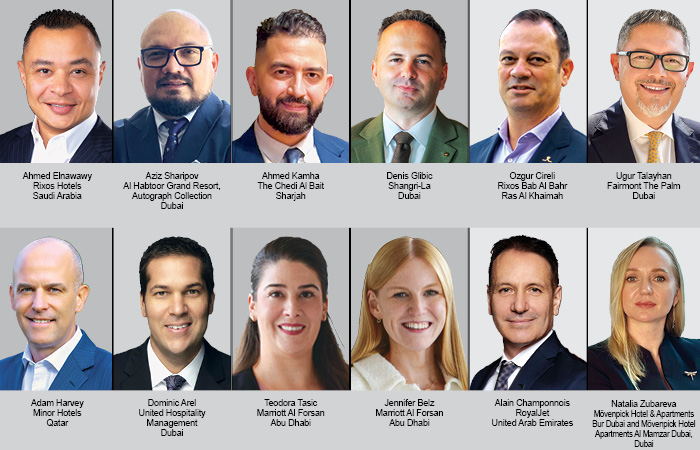Setting the right room rates, at right time, to attract the right guests and maximise revenue can feel like an impossible task. The ongoing manual calculations and pricing updates across all the distribution channels are huge headaches to most hoteliers, especially if pricing is not your only responsibility. TRAVTALK spoke with Marvin Speh, Co-Founder & COO, RoomPriceGenie, makes it easy for you.
TT Bureau
Why should hoteliers set business objectives for their property? How should they go about setting their business objectives?
Setting business objectives helps hoteliers establish more effective pricing strategies and gives them a way to monitor the results, in a quantifiable way, that will make it more clear where and how you can maximise your bookings and revenue opportunities. Now, let’s talk about the how for hotels setting business objectives involves establishing short and long-term goals related to key metrics.
STEP 1: Assess how much revenue your property is making and the current occupancy levels. Compare these figures with those from the previous year to identify areas for improvement. Key metrics to focus on include Revenue per Available Room (RevPAR), which combines occupancy and ADR to give a comprehensive view of performance and reflect how well you are using your available inventory.
STEP 2: Set specific targets for total revenue, ADR, and RevPAR based on past performance.
STEP 3: Regularly track these metrics to stay on course and adjust strategies as needed to optimise revenue and occupancy.
How can hoteliers use data to improve their pricing strategy?
In revenue management, leveraging data is crucial to developing effective pricing strategies. Knowledge derived from data empowers hoteliers to make smarter decisions more quickly and improve overall performance. Here are tips for how hoteliers should be using data to optimise their pricing strategies:
TIP 1: Learn from the past
Use reports from your Property Management System (PMS) to analyse historical data. This can help you understand past performance and make informed decisions about future pricing. For example, if your booking report reveals a high volume of deeply discounted rates through an OTA channel well in advance, it may indicate that you are allocating too much inventory to that channel. Adjusting your distribution accordingly will help you maximise revenue closer to the booking date.
TIP 2: Booking window insights
Pay close attention to your booking window. If you notice that deeply discounted rooms are being booked far in advance (90 days out) while your typical booking window is only 14 days, it suggests you might be offering discounts prematurely.
TIP 3: Understand the market segments that are most interested in booking with your property.
It’s important to understand the type of guests who book at your property, most frequently and act accordingly.
 TravTalk Middle East Online Magazine
TravTalk Middle East Online Magazine





